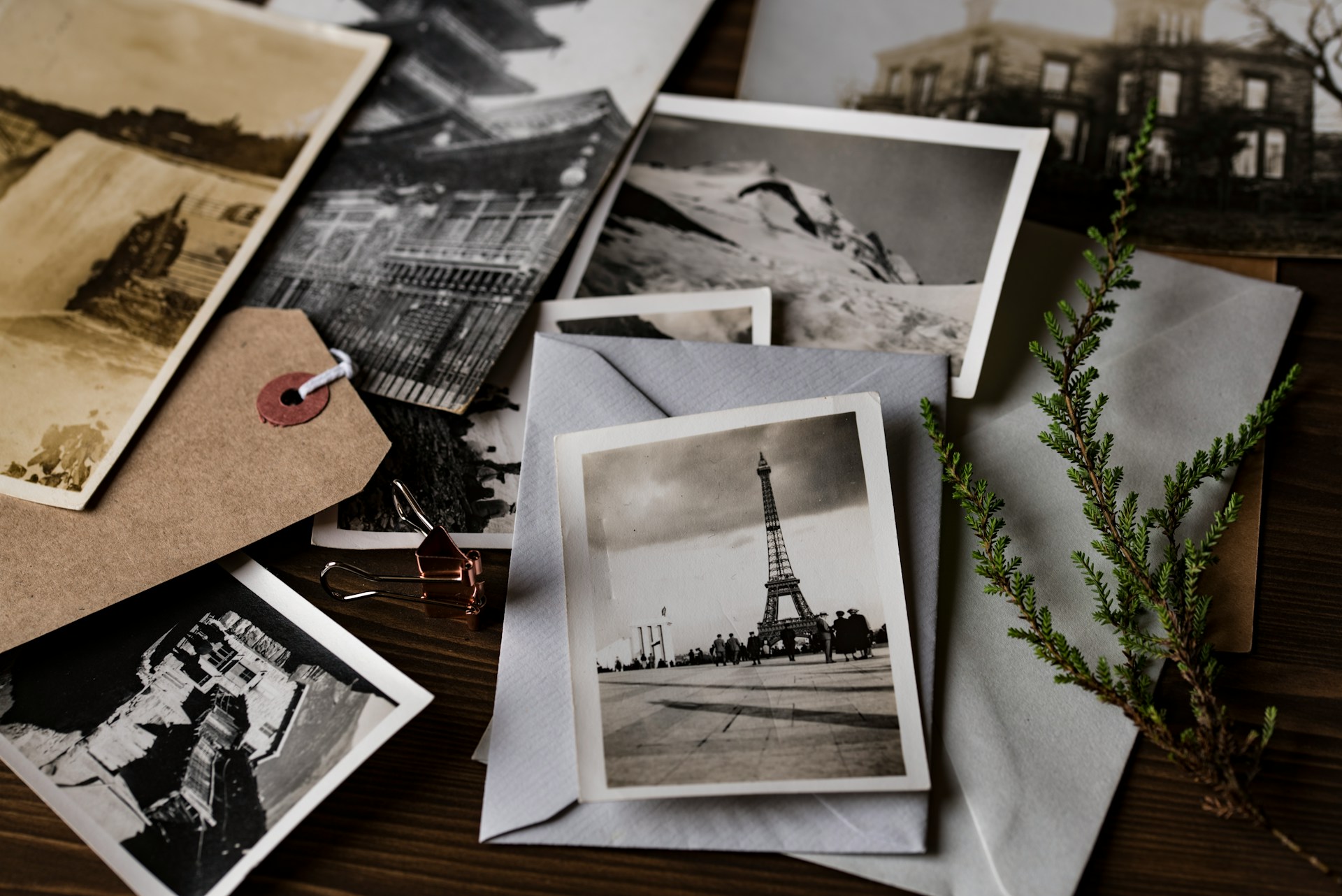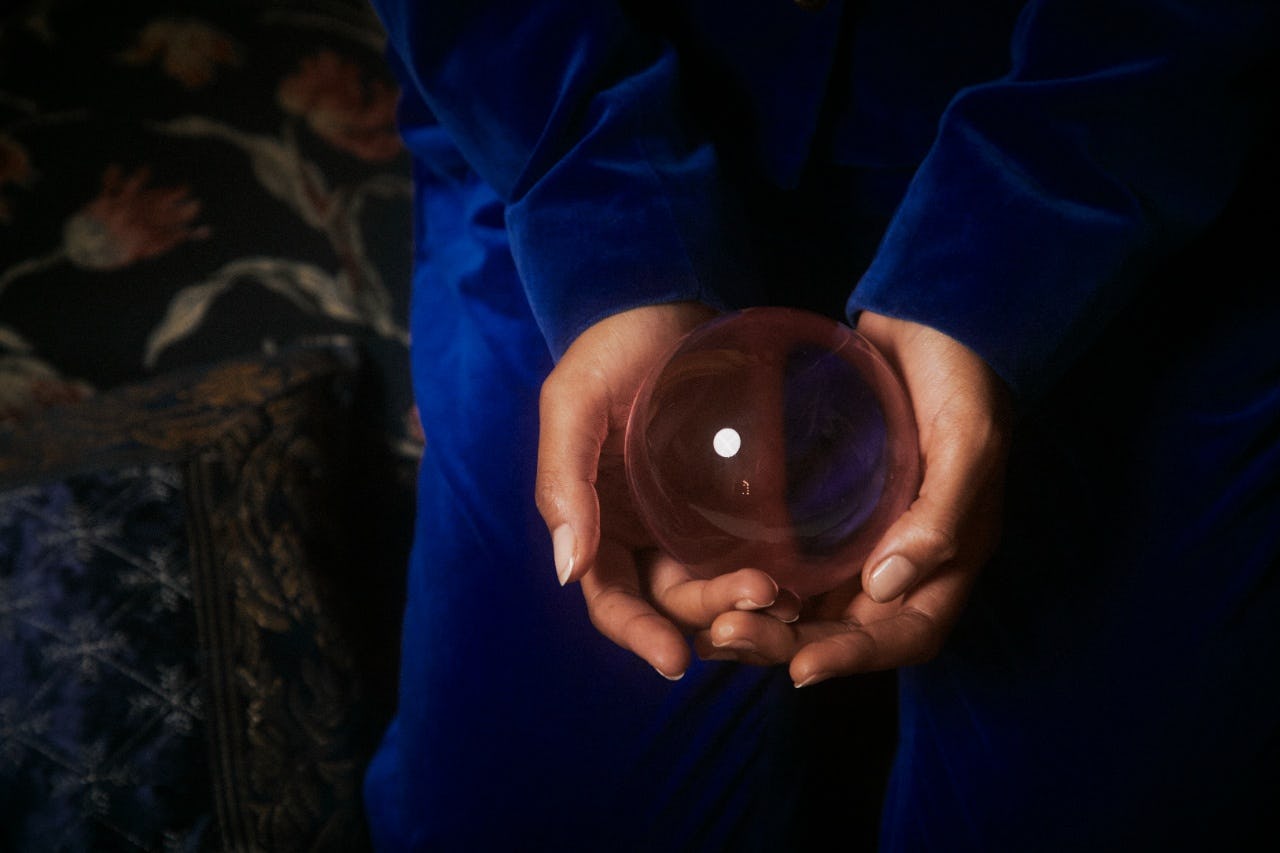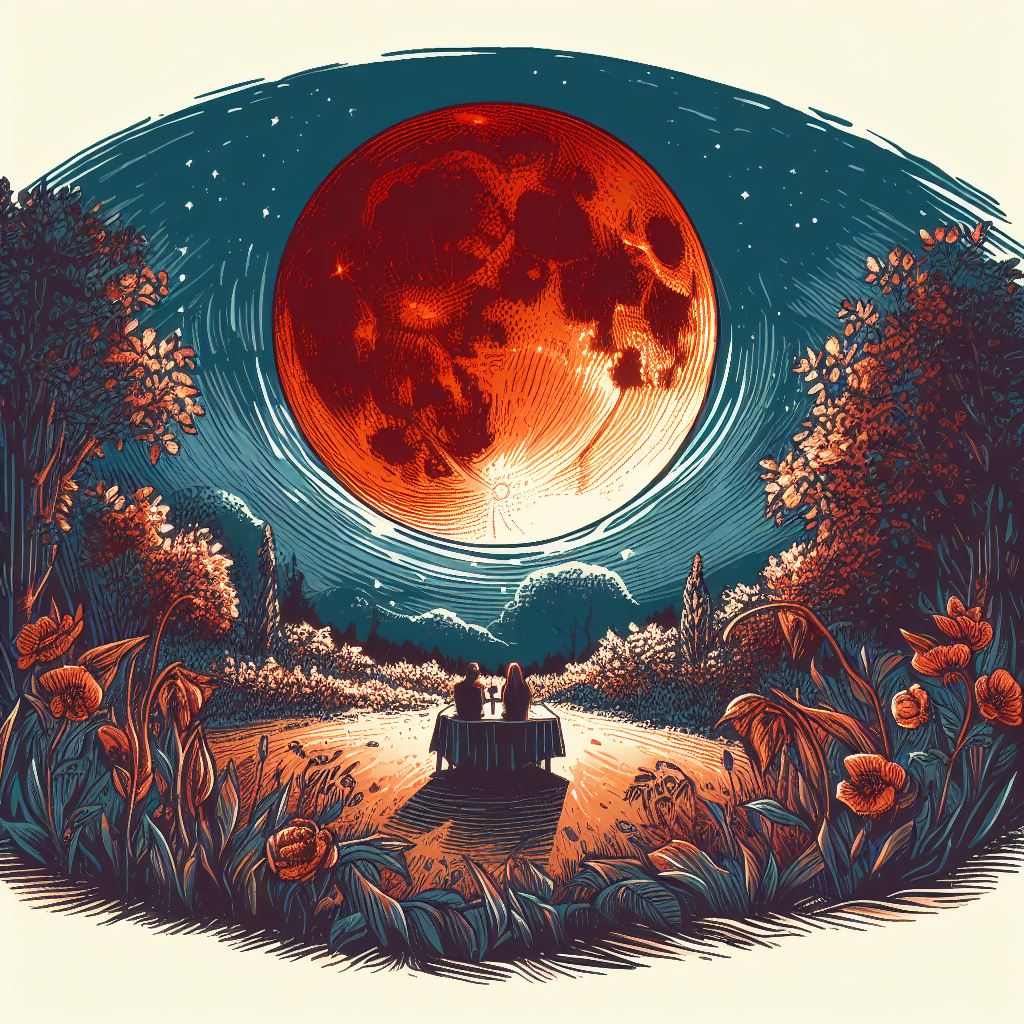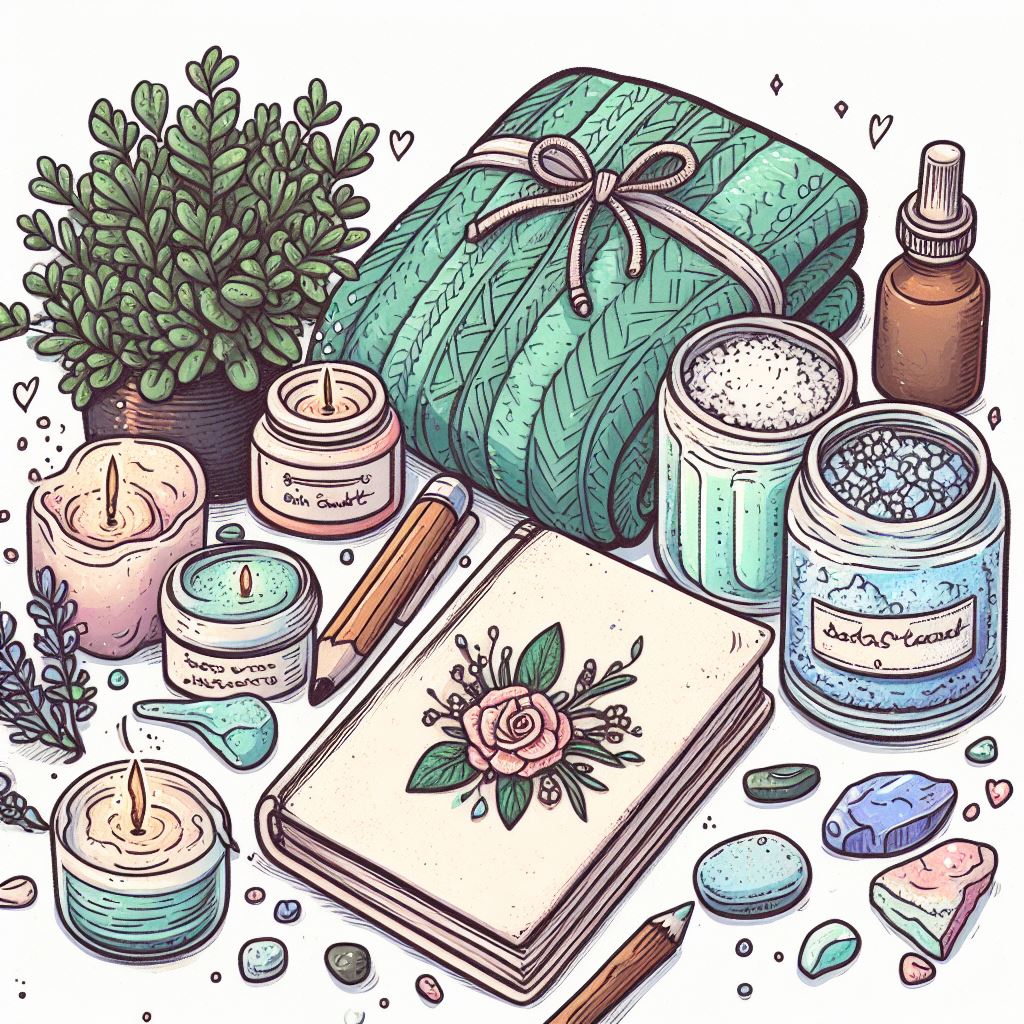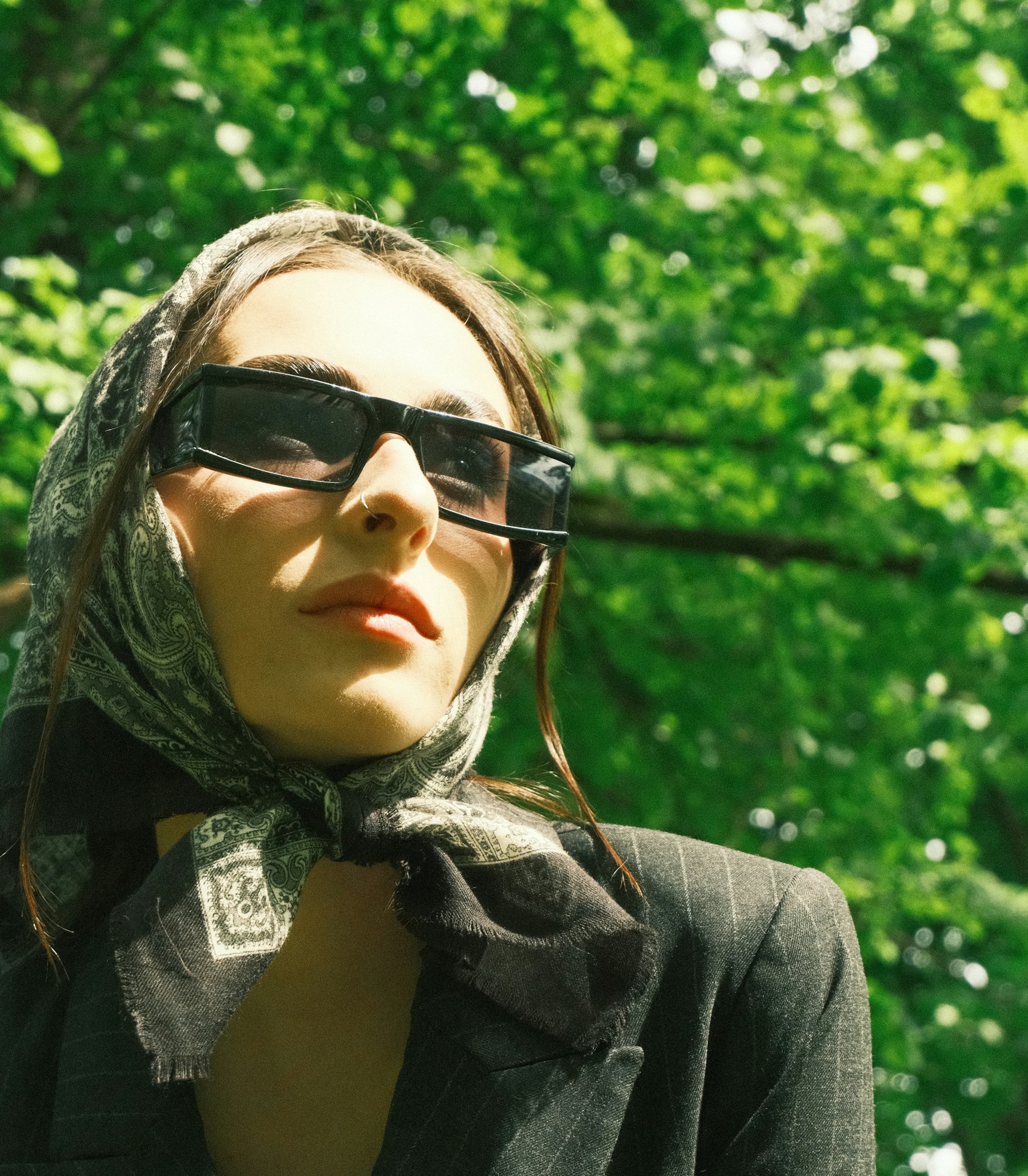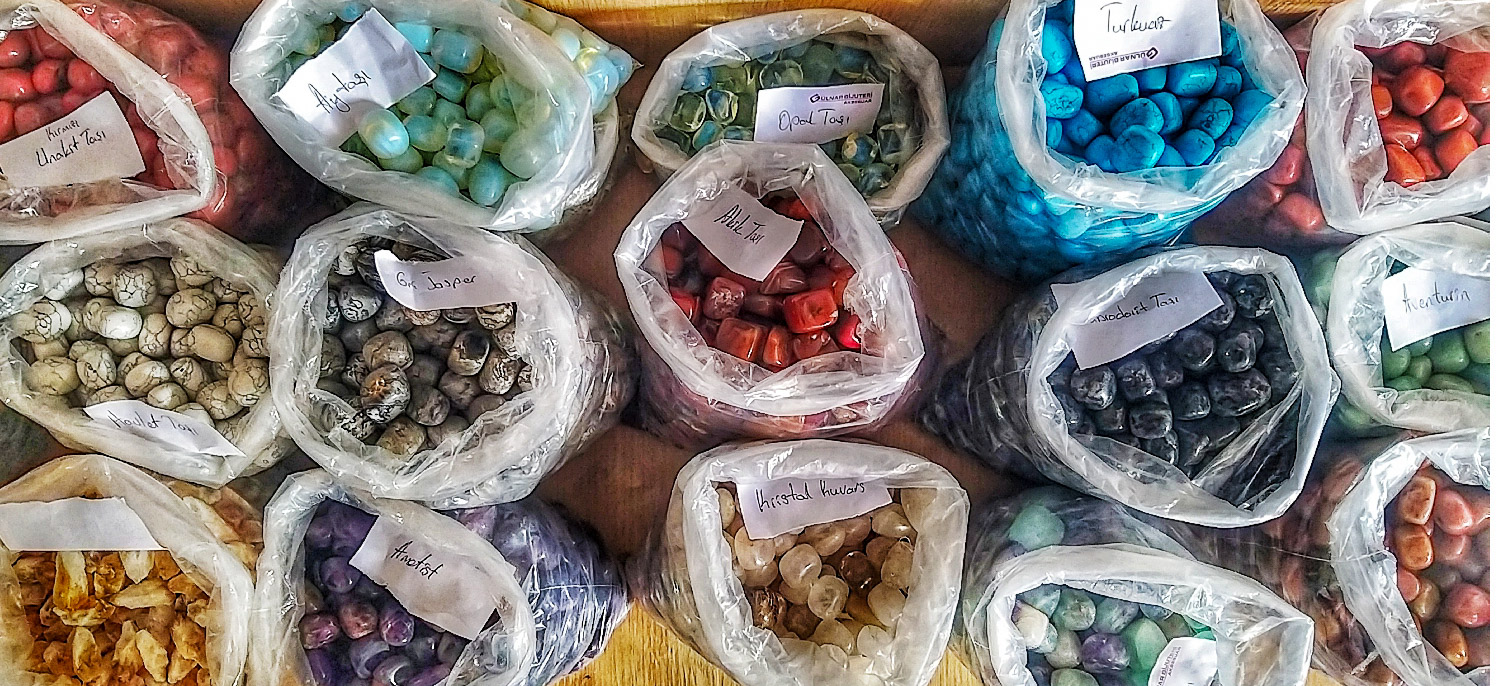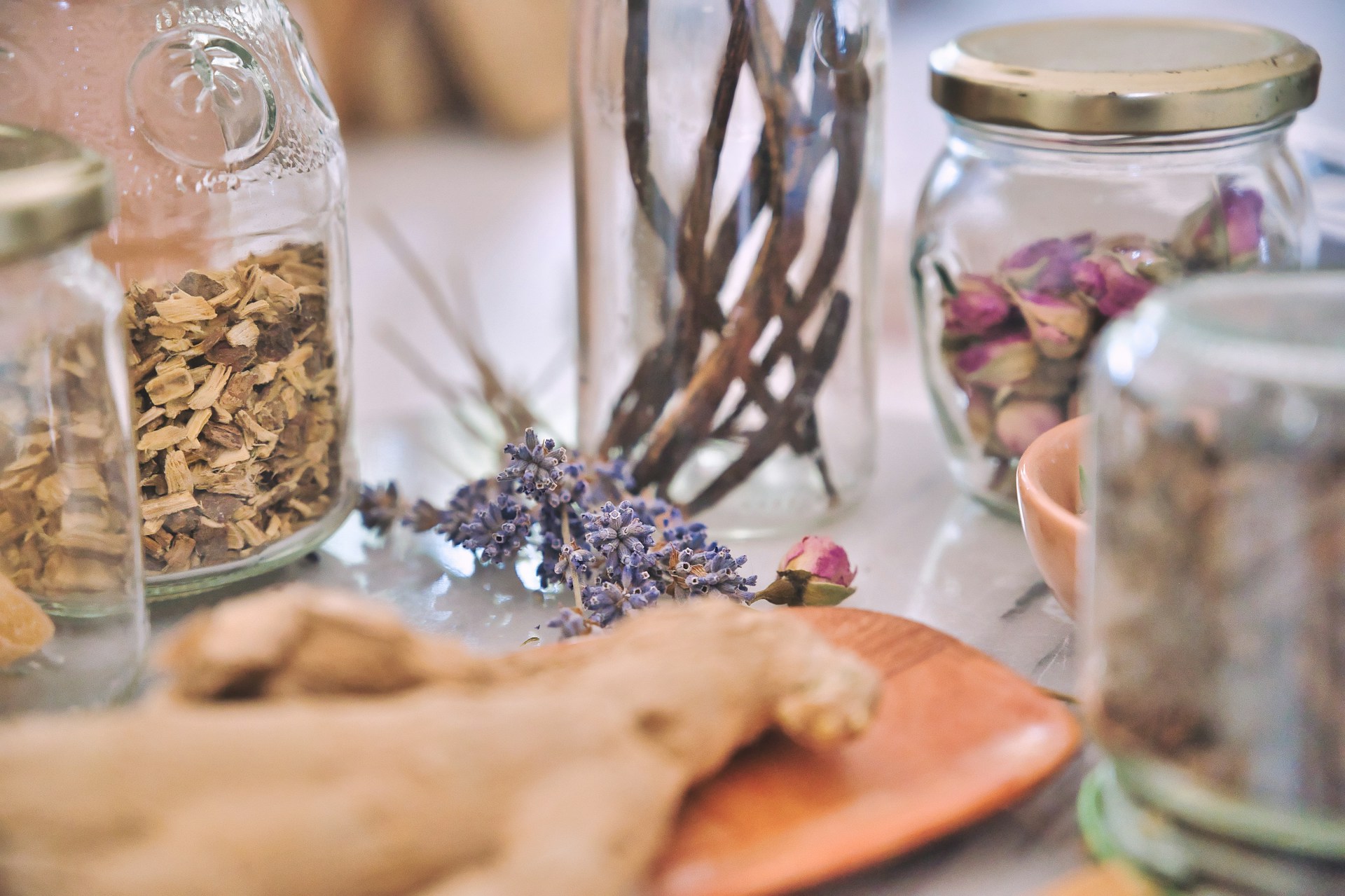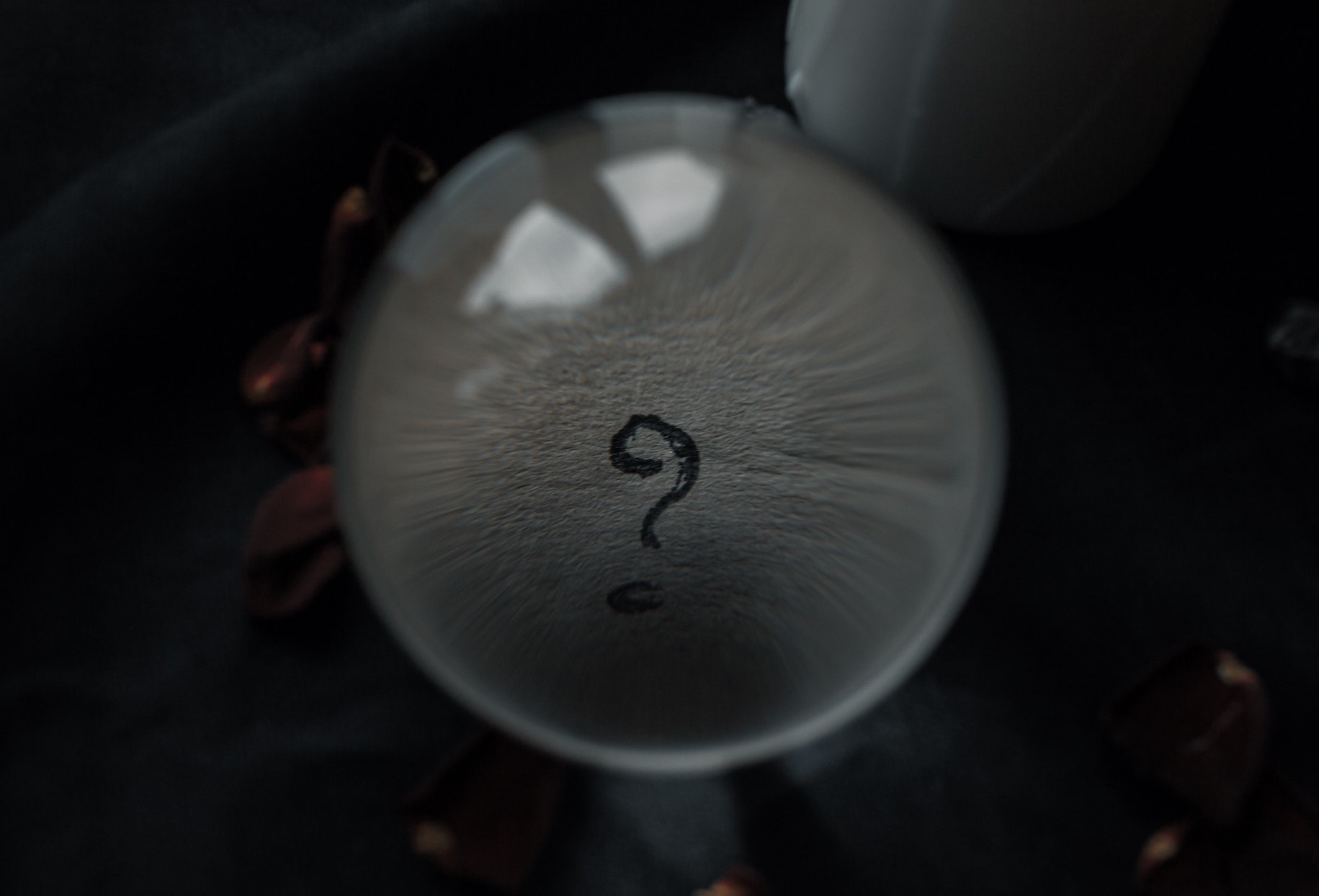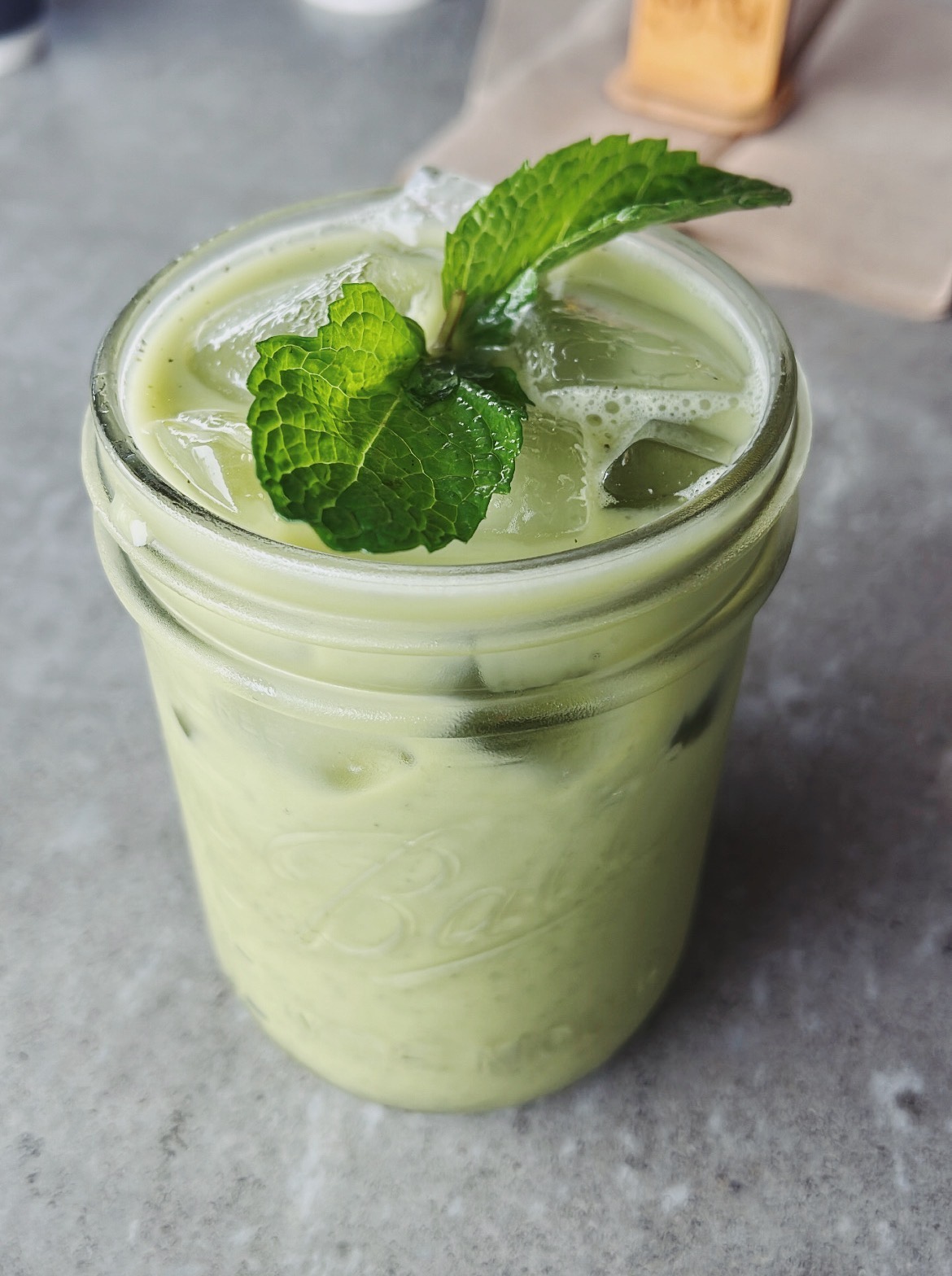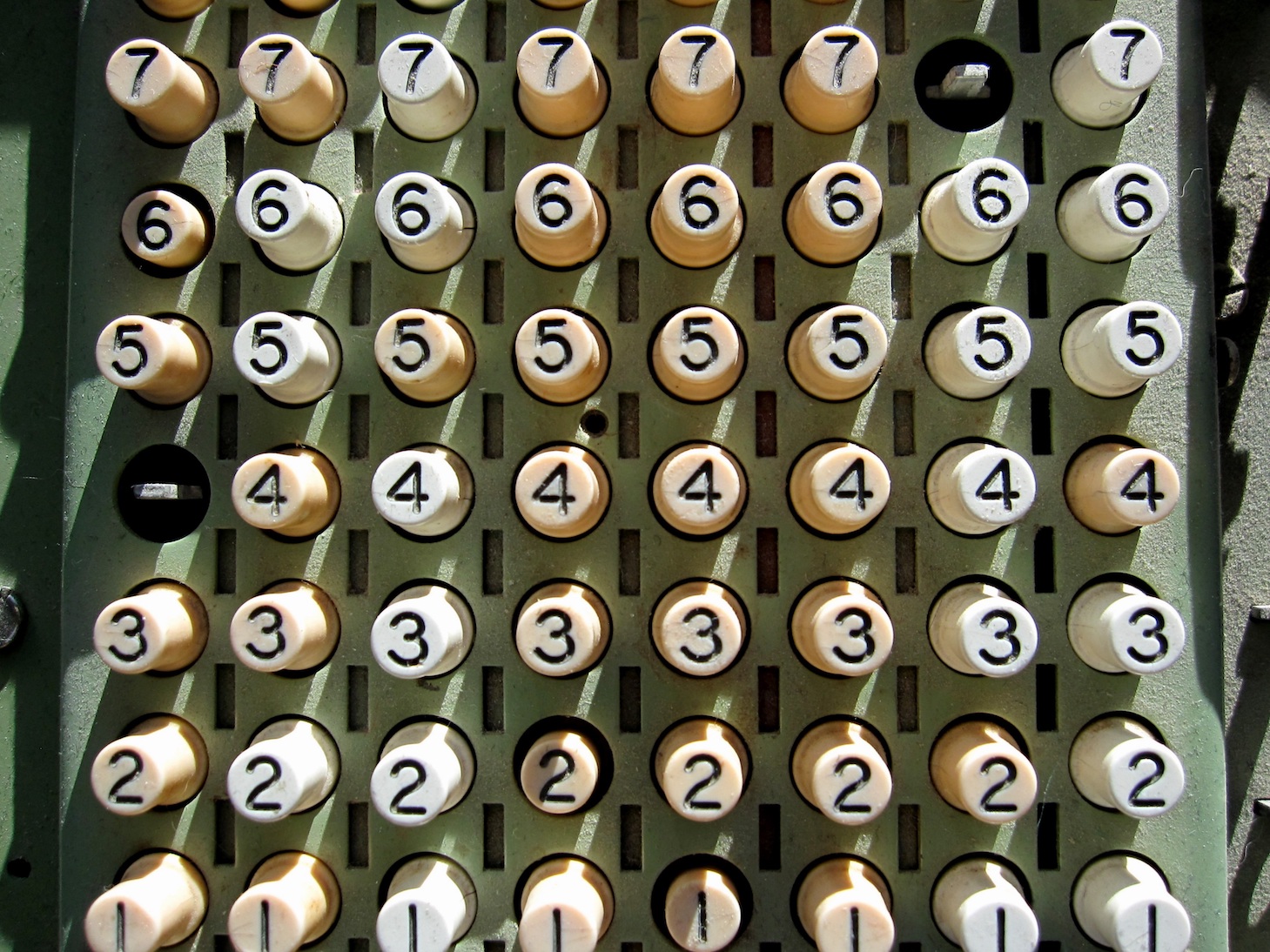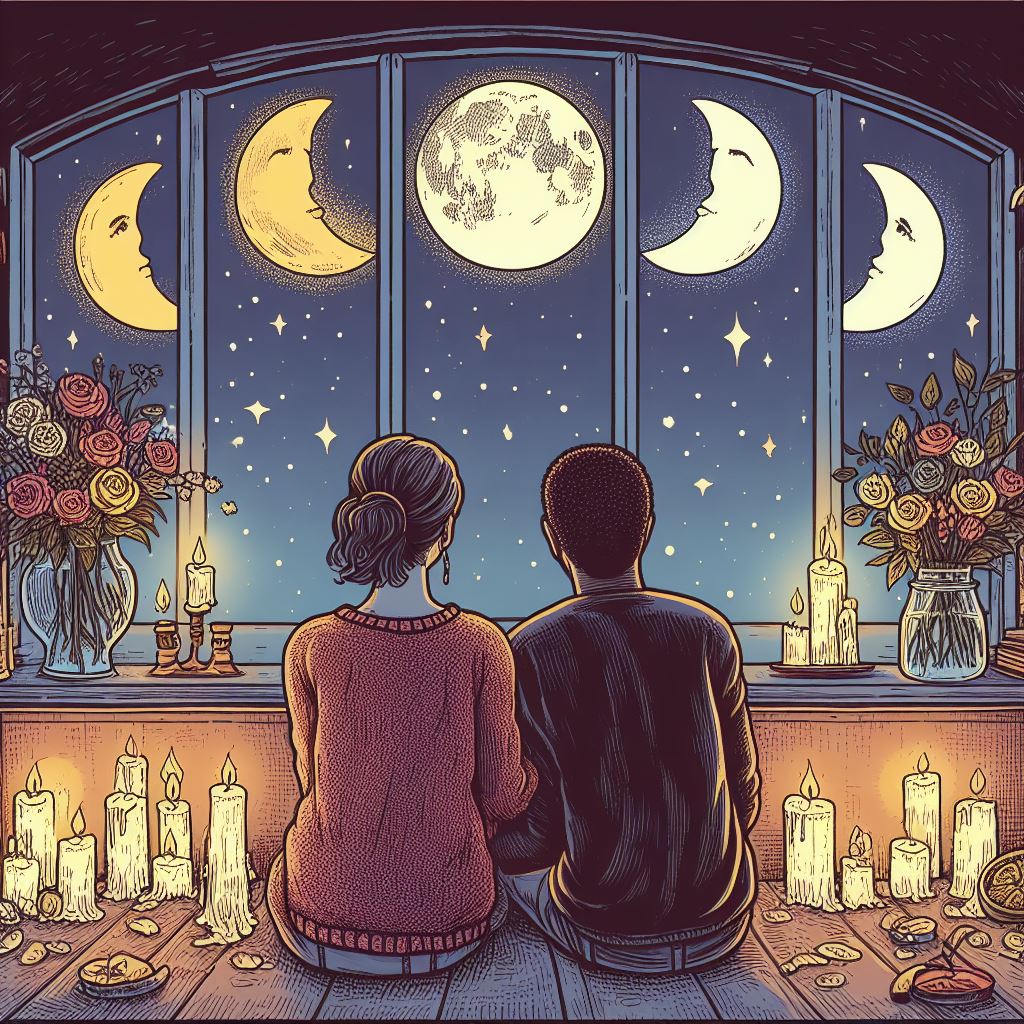Have you ever witnessed a wedding where the couple’s hands were tied together with beautifully decorated cords? That’s handfasting, a tradition with roots reaching deep into the history of Celtic ceremonies, making a significant comeback in modern weddings. It’s not just about binding hands; it’s about binding lives and hearts in a deeply personal way.
The Roots of Handfasting
Handfasting isn’t a modern invention. This practice dates back to ancient Celtic traditions, where it served as more than just a symbolic gesture; it was often part of a legal or formal betrothal.
In these ceremonies, the binding of hands was a way to signify a commitment that was as binding as a marriage, intended to last a year and a day before it could either be dissolved or made permanent. This historical depth adds a layer of meaning to modern ceremonies, connecting couples to centuries-old traditions.
Revival in Modern Times
You might wonder how such an ancient practice has found its place in today’s weddings. The resurgence of handfasting ties into the growing trend of personalizing wedding ceremonies, allowing couples to express their unique values and connections. It’s a visual and visceral representation of the union, appealing not only to those with Celtic heritage but also to those who seek a tangible symbol of their commitment.
Symbolism in Handfasting
The Significance of Cords
Each aspect of a handfasting cord holds meaning—from the color to the material. Traditionally, colors represent various hopes and promises: red for passion, blue for tranquility, and gold for wisdom. Couples often choose their colors based on the qualities they wish to bring into their marriage, making every handfasting ceremony deeply personal.
Knots and Their Meanings
The act of tying the knot, quite literally, is where we get the phrase from! Each knot tied during the ceremony symbolizes a specific aspect of the couple’s relationship.
For example, the first knot may represent their commitment, while the second might symbolize shared laughter and joy. It’s not just about tying these knots; it’s about weaving these aspects into the fabric of their lives together.
The Ceremony Steps
Laying the Cords
A handfasting ceremony begins with the laying of the cords over the couple’s hands, which are typically joined together. This can be done by the officiant or by loved ones, each adding their cord and blessing. It’s a powerful moment, visually striking and emotionally charged, as each cord drapes over the hands that will work together to build a shared future.
Vows and Blessings
Following the laying of the cords, couples exchange their vows—each vow often corresponding to a cord and knot. This is where personal stories and hopes are woven into the ceremony, making no two handfastings exactly alike. It’s about the promises made and the shared values that will guide the couple through their married life.
Integrating Handfasting with Other Wedding Traditions
Integrating handfasting into a modern wedding can be a seamless process, whether you’re sticking to traditional elements or adding a twist. Many couples choose to incorporate handfasting right after their conventional vows, blending ancient customs with modern promises. It serves as a beautiful bridge between the past and present, making the ceremony not just a formality but a personalized storytelling moment.
Cultural and Spiritual Elements
Handfasting is versatile enough to complement various religious or cultural backgrounds. Whether you’re having a secular ceremony or one steeped in religious traditions, handfasting can adapt to reflect your spiritual beliefs or cultural heritage. For instance, using specific colors or materials in the cords that have cultural significance can deepen the ceremony’s personal meaning and honor your roots.
Planning Your Handfasting Ceremony
Choosing the Right Officiant
The choice of officiant can profoundly impact the feel of your handfasting ceremony. It’s important to select someone who resonates with your values and understands the significance of the tradition. Whether it’s a religious leader, a professional celebrant, or a trusted friend, ensure they are comfortable with the ritual and can convey its meaning effectively to your guests.
Designing Your Cords
The cords themselves are central to the ceremony, so take your time to design or select them. Some couples choose to make their own, adding a personal touch through beads, charms, or other decorations that signify important aspects of their relationship. Others might opt for handcrafted cords made by artisans who specialize in ceremonial items, ensuring each knot and braid is imbued with intention.
Preparing the Ceremony Space
The space where your handfasting ceremony takes place should be as special as the ritual itself. Whether it’s outdoors under a canopy of trees or indoors surrounded by candles, the setting should reflect the sanctity and beauty of the moment. Consider the layout of the space, the background, and even the direction you’ll face—some traditions recommend aligning with natural elements like the sun or earth.
Handfasting isn’t just another part of a wedding; it’s a profound union of past and present, deeply personal and richly symbolic. For those drawn to this meaningful tradition, it offers a unique way to symbolize their binding and commitment, not just through words, but through the powerful act of tying knots that hold promises for a lifetime.


